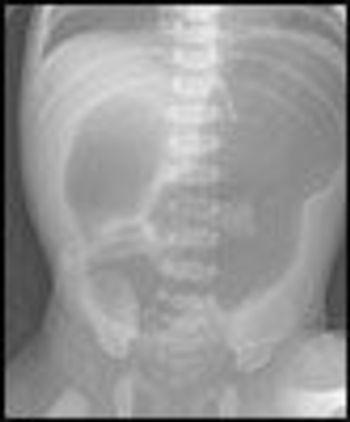ABSTRACT: Asthma is a very serious yet very controllable illness. In acute exacerbations, bronchospasm can be reversed with nebulized albuterol (2.5 to 5 mg); give 2 additional treatments at 20-minute intervals and then every hour for the first few hours until wheezing resolves. Subcutaneous terbutaline and epinephrine are alternatives. Systemic corticosteroids may be needed to manage the acute attack (eg, 2 mg/kg of oral prednisone or pred-nisolone). In addition, an anticholinergic agent (eg, inhaled ipratropium) may be used. IV magnesium (25 to 50 mg/kg) and heliox have shown promising results in acute asthma. Maintenance therapy is indicated when daily symptoms occur more than twice per week or when nighttime symptoms occur more than twice per month; such therapy may also be warranted for an infant with exacerbations that occur less than 6 weeks apart or more than 3 times per year, or when other risk factors are present. Inhaled corticosteroids are the cornerstone of maintenance therapy and are mandatory for all patients with persistent asthma. Alternative treatments for children younger than 5 years include cromolyn and an oral leukotriene modifier (montelukast). Patient and parent education helps ensure proper drug administration, monitoring, and compliance.


